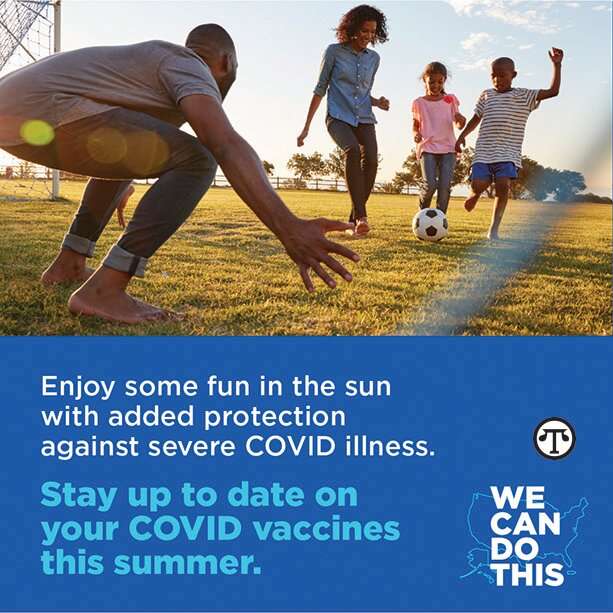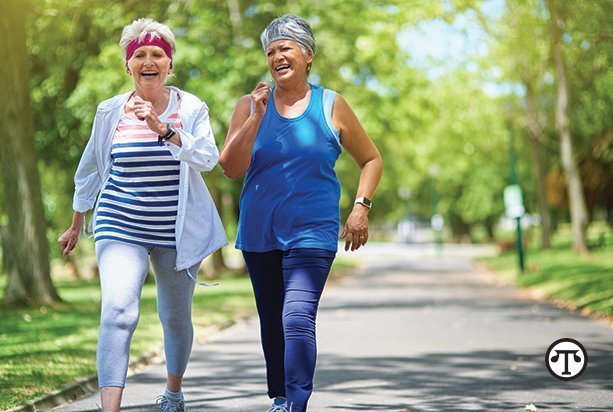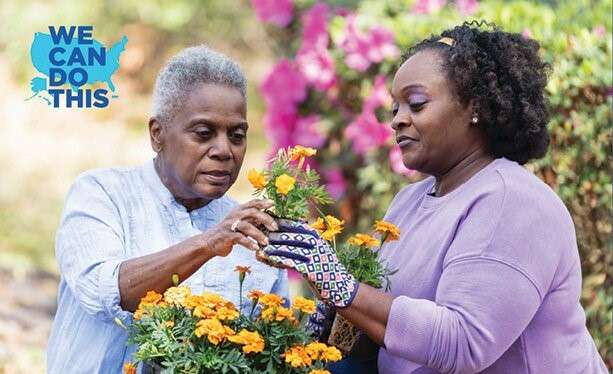FOR YOUR HEALTH: Finding Health Insurance Coverage For Your New College Graduate
 Many families may be surprised at how much young adults need health insurance—and how easy it can be for them to get it.
Many families may be surprised at how much young adults need health insurance—and how easy it can be for them to get it.
(NAPSI)—As you and your child look to the future, many questions may arise. One often lost in these planning discussions is what are the graduate’s health insurance needs.
While it might be the last thing you ask yourself, it can be one of the most significant. Adults ages 19 to 34 have the highest uninsured rates of any age group in the United States—and that may put them at risk. One unexpected accident or illness could have long-lasting health and financial impacts.
“Choosing the right health coverage may seem difficult to young people, as many have never shopped for their own health insurance,” said Dan Garrison, president of HealthMarkets Insurance Agency. “Fortunately, there is a wide range of coverage options available to a family working to meet a graduate’s unique care needs and financial situation.”
And now is the time to start. While some graduates may have secured jobs that offer health benefits, some may not have access to these benefits immediately, while others may need to look at other options.
Here are some tips for getting started:
Know where to go for support. You and your graduate can find helpful information through healthcare marketplaces, insurance carriers, insurance brokers and other licensed agents. For example, GetCovered, powered by HealthMarkets, is a free service that provides guidance for graduates in need of healthcare coverage—by phone at 877-270-0029 or online at getcovered.com/graduate.
Have answers to these kick-off questions.
•When does the graduate’s current coverage end, if it is through the university or college?
•Is coverage possible under the family’s plan? Under the “Age 26 Rule,” parents or guardians may maintain or add children to their health plans until the young person’s 26th birthday or later, depending on the state.
•What benefits does the graduate need or want?
•What portion of the graduate’s monthly budget can go to health insurance?
Understand your options
If coverage under the “Age 26” rule is not an option, consider:
•Medicaid/Medicare—While Medicare coverage is primarily available to individuals over age 65, Medicaid eligibility is based on income, disability, and other circumstances.
•Individual exchange/marketplace plans—These ACA plans are available through federal or state enrollment sites. Based on income, your graduate may be eligible for plan subsidies—making one of these plans more affordable. Graduation would be a “qualifying life event” to enroll in an ACA plan outside of the annual Open Enrollment Period.
•Short-term plans—Short-term limited duration insurance plans offer different levels of coverage than ACA plans. These plans provide temporary coverage to bridge the gap between longer-term insurance coverage, such as health benefits offered by an employer.
“Health coverage decisions can be made simpler—and there are resources to help,” Garrison said. “Whether your family chooses to do its own research and enrollment, or engage outside services, determining what your graduate may need and can afford will help you find health coverage that ensures your child has access to care now.”






 (NAPSI)—You work hard to help keep yourself and your loved ones healthy. To help, the National Institute of Neurological Disorders and Stroke (NINDS) reminds everyone that stroke is a leading cause of death and disability in the United States. About 800,000 people in the country have a stroke each year. The good news is, when treated quickly, survival is possible and damage can be greatly reduced. That’s why understanding your risk for stroke, knowing signs of stroke, and acting in time are critical and can make all the difference for you or someone you care for. If you have a greater chance of stroke, there are also steps you can take now to help prevent one.
(NAPSI)—You work hard to help keep yourself and your loved ones healthy. To help, the National Institute of Neurological Disorders and Stroke (NINDS) reminds everyone that stroke is a leading cause of death and disability in the United States. About 800,000 people in the country have a stroke each year. The good news is, when treated quickly, survival is possible and damage can be greatly reduced. That’s why understanding your risk for stroke, knowing signs of stroke, and acting in time are critical and can make all the difference for you or someone you care for. If you have a greater chance of stroke, there are also steps you can take now to help prevent one. Maine, known for its iconic lighthouses, stunning coastlines, and rich history, is now becoming recognized for another reason: its aging population. As the oldest state by median age in the U.S., Maine faces unique challenges in supporting its senior residents. However, the state is also pioneering innovative strategies for healthy aging and improving senior care.
Maine, known for its iconic lighthouses, stunning coastlines, and rich history, is now becoming recognized for another reason: its aging population. As the oldest state by median age in the U.S., Maine faces unique challenges in supporting its senior residents. However, the state is also pioneering innovative strategies for healthy aging and improving senior care.

 With heart disease remaining a leading cause of death in the United States, more Americans are seeking ways to promote cardiovascular health. Amidst the picturesque landscapes of the northeastern state of Maine, residents and visitors alike are discovering the benefits of outdoor activities for maintaining a healthy heart. From hiking to swimming, the state offers various ways to engage in exercise and leisure activities that contribute to overall well-being.
With heart disease remaining a leading cause of death in the United States, more Americans are seeking ways to promote cardiovascular health. Amidst the picturesque landscapes of the northeastern state of Maine, residents and visitors alike are discovering the benefits of outdoor activities for maintaining a healthy heart. From hiking to swimming, the state offers various ways to engage in exercise and leisure activities that contribute to overall well-being.